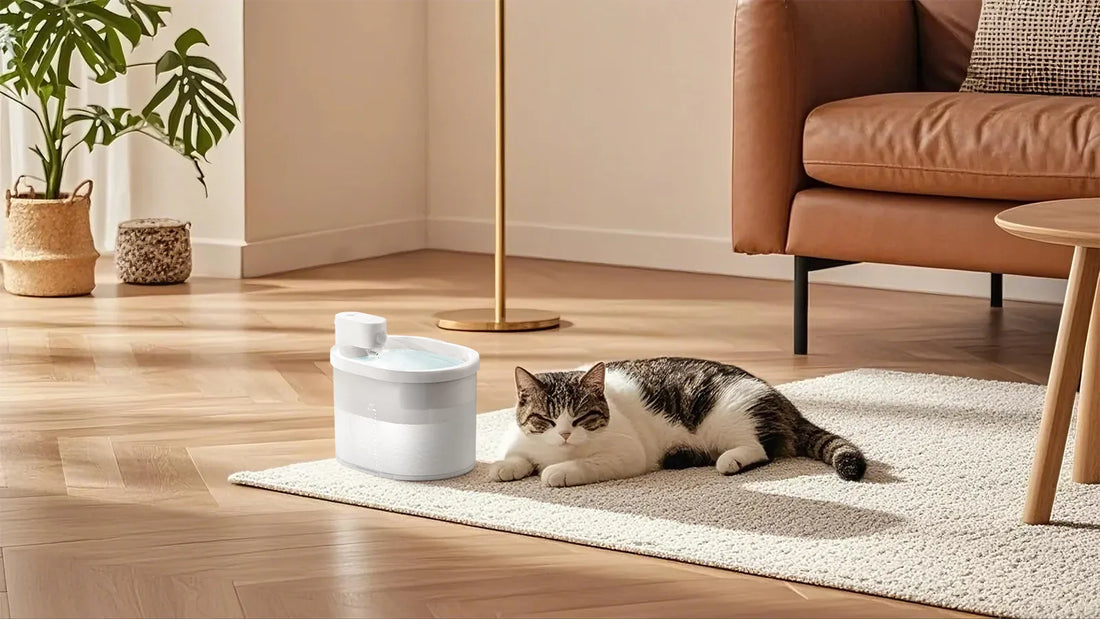Keeping your dog's food bowl clean is more than just a matter of hygiene; it's a crucial aspect of ensuring your pet's health and well-being. Many pet owners overlook the importance of regularly washing their dog's food bowl, but neglecting this simple task can lead to a host of health issues for your furry friend. In this article, we'll explore how often you should wash your dog's food bowl, the risks of not doing so, and the best practices for maintaining a clean and safe feeding environment.
Why Washing Your Dog's Food Bowl is Important
Your dog's food bowl can harbor bacteria, mold, and other harmful pathogens if not cleaned regularly. These contaminants can cause a range of health problems, from mild digestive issues to more serious infections. Additionally, leftover food particles can attract pests like ants and rodents, creating an unsanitary environment for both you and your pet. By washing your dog's food bowl frequently, you can prevent these issues and ensure that your pet is eating from a clean and safe surface.
How Often Should You Wash Your Dog's Food Bowl?
The frequency with which you should wash your dog's food bowl depends on several factors, including the type of food your dog eats, the material of the bowl, and your pet's eating habits. As a general rule, it's recommended to wash your dog's food bowl after every meal. This is especially important if your dog eats wet food, which can spoil quickly and become a breeding ground for bacteria. For dry food, washing the bowl once a day is usually sufficient, but if your dog tends to drool or leave food residue, you may need to wash it more often.
Best Practices for Washing Your Dog's Food Bowl
When it comes to washing your dog's food bowl, using hot, soapy water is the most effective method. Make sure to scrub the bowl thoroughly to remove any food particles or residue. For added safety, you can also sanitize the bowl by soaking it in a solution of water and vinegar or using a pet-safe disinfectant. Avoid using harsh chemicals or abrasive scrubbers, as these can damage the bowl and leave behind harmful residues. After washing, rinse the bowl thoroughly to ensure that no soap or cleaning solution remains.
Additional Tips for Maintaining a Clean Feeding Area
In addition to washing your dog's food bowl regularly, there are other steps you can take to maintain a clean and safe feeding area. Make sure to clean the area around the bowl, as food particles and spills can accumulate and attract pests. If you use a mat or tray under the bowl, wash it regularly as well. It's also a good idea to inspect the bowl for any cracks or damage, as these can harbor bacteria and make cleaning more difficult. By taking these extra precautions, you can create a healthier environment for your pet.
Regularly washing your dog's food bowl is a simple yet essential task that can have a significant impact on your pet's health. By following the guidelines outlined in this article, you can ensure that your dog's feeding area remains clean and safe. Remember, a clean bowl is not just about hygiene; it's about providing your furry friend with the best possible care. So, make it a habit to wash your dog's food bowl frequently, and enjoy the peace of mind that comes with knowing you're doing everything you can to keep your pet healthy and happy.













